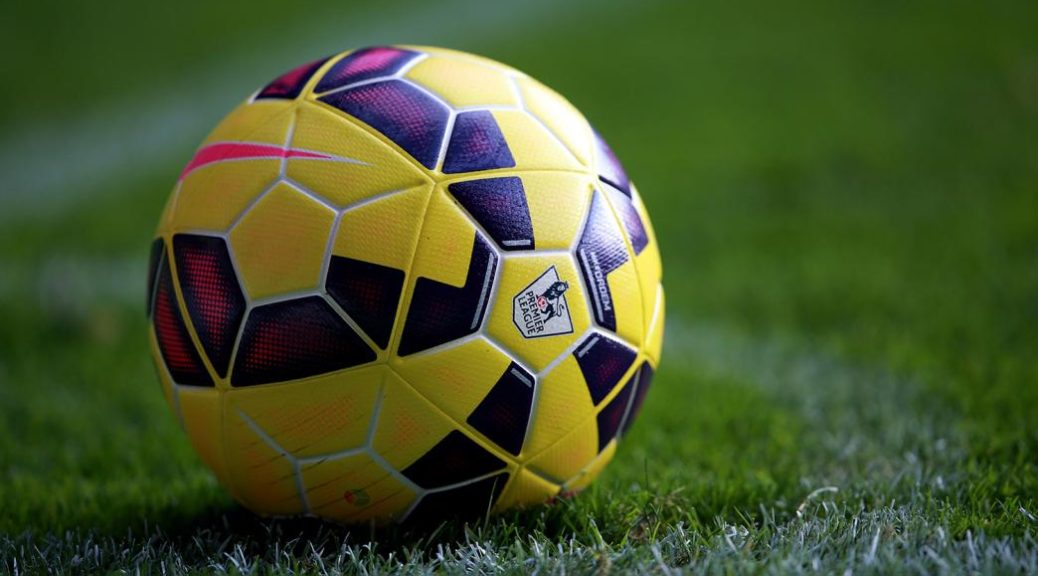
Measures how far the predictions are from the actual values
Determining how accurate tomorrow prediction turn out is crucial for punters in sports betting. When analyzing your own bets or following tipsters, specialists and computer models, having measures to compare predicted outcomes versus actual results allows you to make better decisions.
But with many sports metrics and statistics thrown around nowadays, what are the best ways for beginners to quantify prediction performance? This article will explain some simple methods.
Average Error
One of the most common and easy to interpret accuracy measures is average error. To calculate:
- Subtract each prediction from the actual outcome
- Take the absolute value – so all differences are positive numbers
- Sum the differences and divide by number of predictions
The lower the average error, the more accurate the picks overall. If someone’s NFL score predictions average error is 4 points, it indicates higher accuracy than someone averaging 8 points difference.
Mean Absolute Percentage Error (MAPE)
Average error depends heavily on the scale of numbers predicted. MAPE avoids this by using percentages, making it useful to compare forecast performance between different sports or leagues.
To find:
- For each prediction, take the actual value minus the forecast
- Divide the difference by the actual value
- Take the absolute value and convert to a percentage
- Average the percentages for all predictions
For example, if a tipster predicted England would score 2 goals against Iran and they actually scored 6, the MAPE on this prediction would be 67%. Lower MAPEs indicate better prediction capabilities.
Correlation Coefficient (R)
This statistical measure reveals the strength of relationship between predicted and actual results on a scale of -1 to +1. A coefficient of +1 represents perfect positive correlation, meaning the predictions match outcomes exactly. 0 indicates no relationship and -1 is perfect negative correlation (the predictions are completely wrong).
An R value of 0.7 would signify reasonably accurate predictions as the correlation is strong. But anything under 0.5 exhibits fairly random, inaccurate picks with low correlation.
Brier Score
Commonly used in weather forecasting, Brier score also works for sports probabilistic predictions. It measures accuracy of percentages or odds quoted formatch results or events occurring.
To calculate:
- Take the odds percentage given for each predicted outcome
- Subtract from 100% for probability it does not occur
- Square the two probabilities
- Find the average squared difference across predictions
The lower the Brier score, the better the calibration of quoted odds and probabilities. A perfect Brier score with 100% accurate odds is 0.
Tracking Metrics Over Time
The true test of forecast skill is observing accuracy metrics over an extended period. Maintaining low error rates and strong correlation in the long run demonstrates real predicting prowess. Periods of good results could just be luck. So consider historical averages across seasons when evaluating predictors.
Crunching the numbers by comparing predictions to actual game and player statistics is crucial. While visually analyzing predictions, these accuracy measures quantify expertise. Ensure you grasp these fundamental metrics before placing too much trust in any sports betting advice or tips.